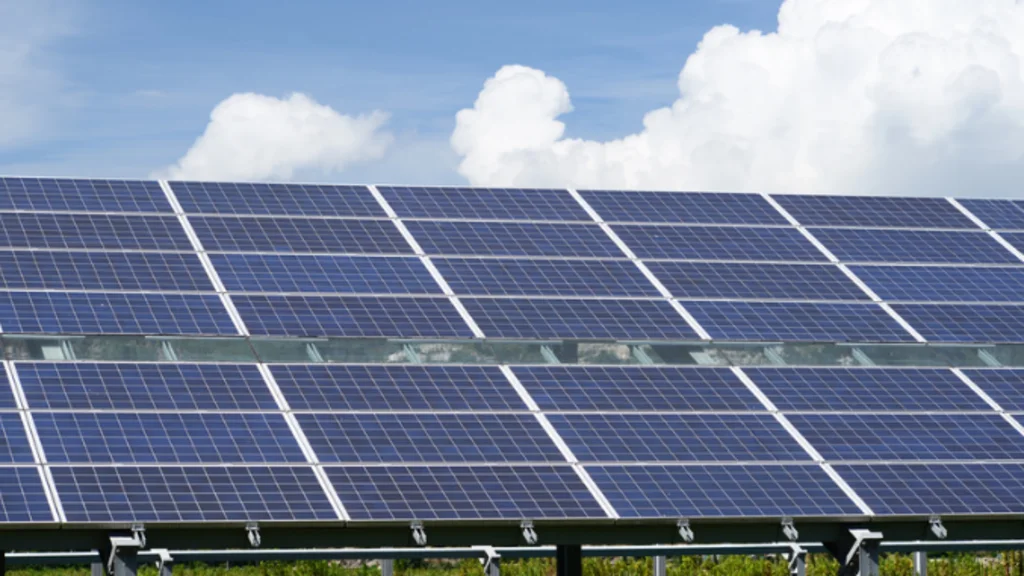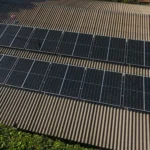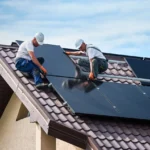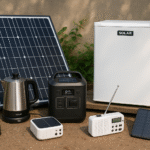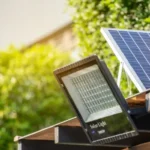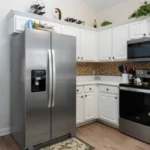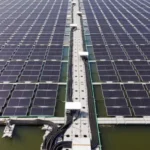Can a 1000 watt solar panel really meet your energy needs or is it just a starter kit? As more businesses and homeowners explore solar power, the 1000W solar system continues to rise in popularity. But what exactly can it do, how much does it cost, and which brands offer the most reliable performance? This guide covers all the essentials — from performance insights to smart brand choices — to help you decide if this compact solar setup is the right fit for your energy goals.
What Is a 1000 Watt Solar Panel?
The term “1000 watt solar panel” typically refers to a solar power system that collectively produces 1000 watts or 1 kilowatt of energy under standard test conditions. It rarely refers to a single panel; instead, it’s usually a small array of solar panels combined.
System Composition
A typical 1000W solar setup comprises multiple panels, each with a capacity ranging from 250W to 350W. These are wired together to produce the total output of 1000 watts. This configuration is cost-effective, scalable, and suitable for both residential and commercial use.
Panel Types
Common types include monocrystalline panels, known for their high efficiency and compact size, and polycrystalline panels, which solar panel is best and more affordable but slightly less efficient. Monocrystalline is often preferred in space-constrained installations.
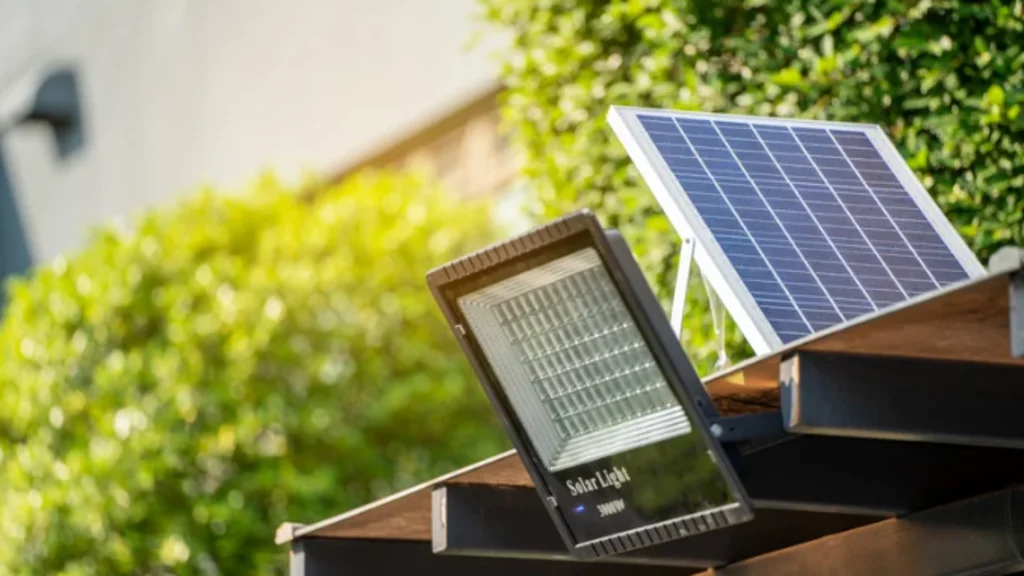
What Can a 1000 Watt Solar Panel Power?
Understanding the practical use of a 1000W solar system is crucial for determining whether it suits your energy needs. It’s not designed to power an entire house or commercial facility but is highly effective for limited or supplementary usage.
Daily Output
On average, a 1000 watt solar system can produce 3 to 5 kilowatt-hours (kWh) per day, depending on sunlight hours, panel orientation, and geographic location. This makes it ideal for powering small appliances and essential devices.
Suitable Applications
- Lighting (LED bulbs, ceiling lights)
- Fans and exhaust systems
- Small refrigerators and mini-coolers
- Wi-Fi routers, laptops, and monitors
- Charging batteries and mobile devices
- Low-power water pumps or tools for short-term use
Where Does a 1000W System Fit Best?
A 1000W solar panel system offers a practical energy solution for a range of light-duty residential and commercial applications. It strikes a balance between affordability and performance.
Residential Use
This system suits small homes, cabins, or remote off-grid properties. It provides essential power for lighting, communication devices, and small appliances.
Commercial and Portable Use
Businesses can deploy 1000W setups for outdoor kiosks, food trucks, mobile offices, or agricultural monitoring stations. Their portability makes them ideal for temporary or mobile energy needs. A 1000W solar panel kit for RV use is especially popular for mobile setups.
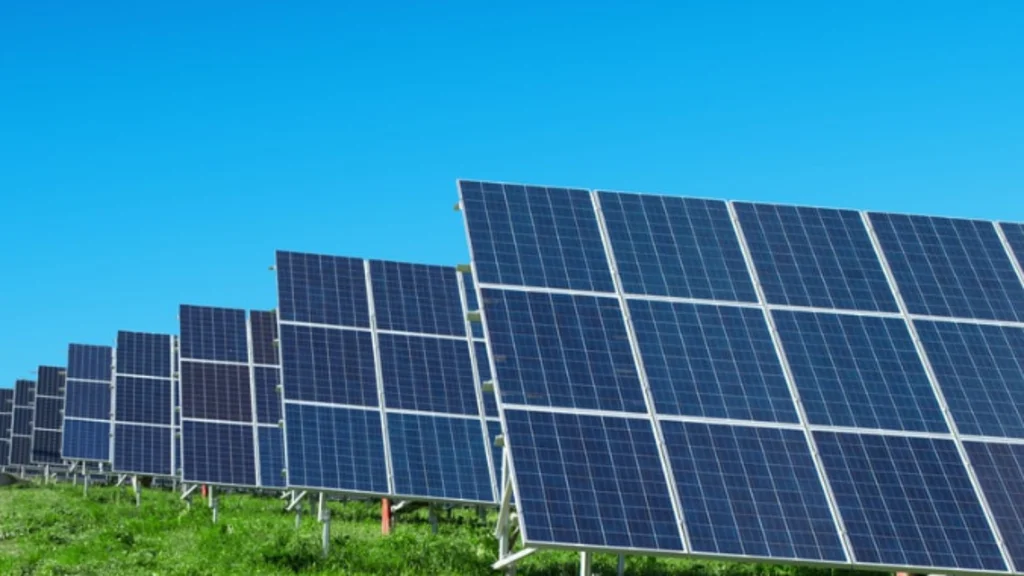
Required Components for a 1000W Setup
A 1000-watt solar system needs more than just the panels to run efficiently. Each component is key in managing, converting, and storing the energy generated.
Inverter
Converts the direct current (DC) from the panels into alternating current (AC), which most appliances use. Options include string inverters, microinverters, and hybrid models. A 1000 watt inverter is commonly paired with such systems.
Battery Storage
Although optional, batteries enable power usage during nighttime or cloudy days. A 100Ah to 200Ah battery is often used with these setups. Many buyers seek a 1000 watt solar panel kit with battery and inverter for added convenience.
Mounting & Wiring
Proper mounting systems and durable cabling are essential for maximizing panel exposure and reducing energy loss. Mounts should account for angle, direction, and ventilation.
Space Requirements and Installation Considerations
Planning for physical space is essential when installing a solar panel system. The footprint of a 1000 watt system varies based on panel efficiency and type.
Space Needed
Most monocrystalline panels occupy about 1.6 m² each. For a full 1000W array, you’ll need around 6.5 to 7 m² of clear, unobstructed space. An extra buffer is recommended for access and ventilation. Wondering how big is a 1000 watt solar system? It’s usually made of 4–6 standard-size panels.
Installation Tips
- Install panels facing true south (in the Northern Hemisphere) or true north (in the Southern Hemisphere)
- Use tilt angles optimized for seasonal sun exposure
- Ensure panels are free from shade, dust, or debris
- Hire certified professionals for compliance and safety

Battery Options and Energy Storage Benefits
Adding battery storage to a 1000W system significantly increases its versatility. It allows energy generated during the day to be used later when sunlight is unavailable.
Battery Types
- Lead-acid: Cost-effective but heavier and lower lifespan
- Lithium-ion: Lightweight, compact, and long-lasting
- LiFePO4: Safe and highly stable, often used in off-grid setups
Storage Advantages
- Power during nighttime or cloudy weather
- Increased independence from the grid
- Backup power for outages or emergencies
- Enhanced control over energy usage patterns
Top Brands Offering 1000W Solar Panels
When looking to build or purchase a 1000 watt solar kit, choosing a reliable manufacturer is key. While many companies specialize in solar accessories or inverters, only a select few offer full panel kits or individual panels suitable for 1000W configurations.
Renogy
Renogy is one of the most trusted names in off-grid solar systems. They offer complete solar panel kits that include panels, a charge controller, cables, and mounting equipment. These kits are ideal for RVs, cabins, and mobile setups.
WindyNation
Known for DIY solar panel kits for home, WindyNation offers 1000 watt solar panel kits that include inverters and batteries. They are popular among users seeking budget-friendly, plug-and-play solar solutions.
Grape Solar
Grape Solar manufactures residential and off-grid solar kits, including a solar panel kit. Their systems often come with microinverters and can be expanded for larger energy needs.
HQST
HQST is a sister brand of Renogy that provides similar-quality panels at competitive prices. Its components are compatible with other solar setups, making it a flexible option for those building custom 1000W systems.
These brands are widely available through online retailers and specialize in pre-packaged solar kits or individual panel components that can be configured into a 1000 watt system.
Affordability is one of the biggest draws of a solar panel system. It offers a cost-effective entry point into solar energy with a strong return potential.
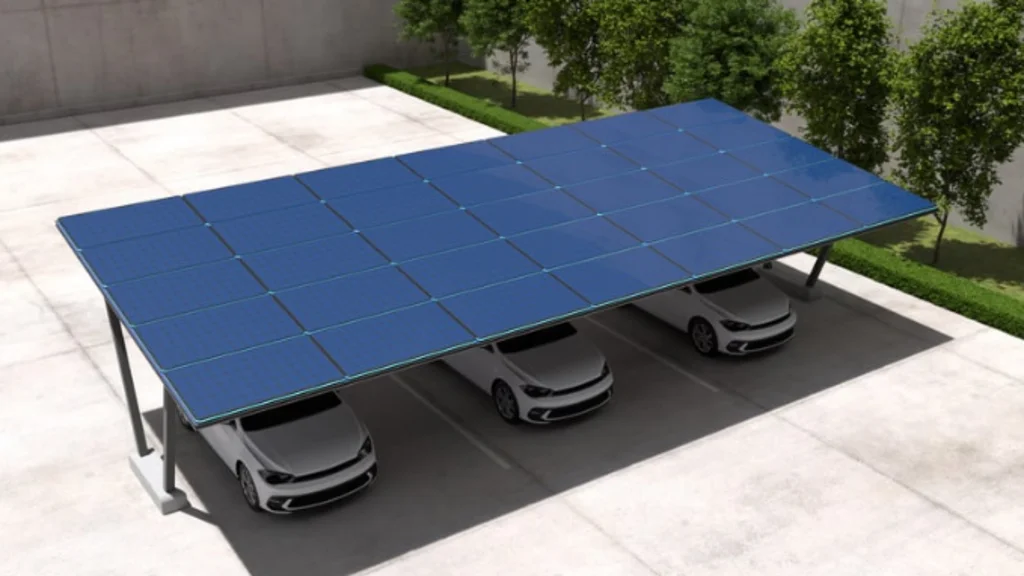
Price Range
| Configuration | Estimated Cost (USD) |
|---|---|
| Without Battery Storage | $800 – $1,300 |
| With Battery Storage | $1,500 – $2,500 |
ROI Expectations
Most users recover their investment in 3 to 5 years through reduced energy bills, especially when replacing grid power in off-grid or remote locations.
Limitations and When to Upscale
A 1000W system is not a universal solution. It’s important to assess when upgrading to a larger system becomes necessary.
Limitations
- Insufficient for high-energy appliances (air conditioners, heaters, ovens)
- Limited energy during cloudy or rainy seasons without storage
- Not ideal for large-scale commercial use
When to Scale Up
If your energy needs include whole-house coverage, electric vehicle charging, or running industrial equipment, consider moving up to a 3kW, 5kW, or 10kW system. How many solar panels for 1000 watt inverter? Depending on their wattage, you’ll typically need 4–5 panels.
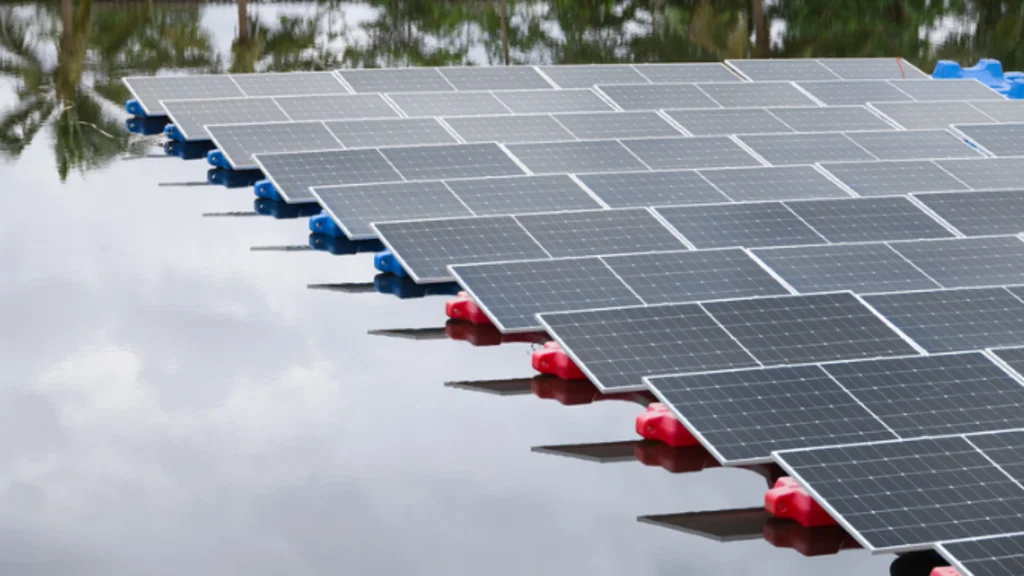
Is a 1000W System Right for You?
A solar panel system provides an innovative, scalable solution for users with moderate power needs. It’s ideal for off-grid living, emergency backup, or supplementing existing energy sources. With the right components and setup, it delivers a solid balance of performance, portability, and affordability.
FAQs
1. How much electricity does a 1000 watt solar panel produce in a day?
On average, a 1000 watt solar system generates 3 to 5 kWh per day, depending on sunlight conditions and system efficiency.
2. Can a 1000 watt solar system power a refrigerator?
It can run a small or energy-efficient refrigerator, especially when paired with battery storage for consistent power.
3. Is a 1000W solar system enough for an RV or tiny home?
Absolutely. It’s well-suited for RVs, campers, and tiny homes using low-energy appliances and LED lighting. A 1000 watt solar kit for RV is commonly recommended.
4. How many panels make up a 1000 watt solar system?
Typically, 4 to 6 panels rated between 250W and 300W each are used to build a 1000W array. If you’re wondering how many solar panels for 1000 watts, that’s the standard range.
5. Do I need a permit to install a 1000W solar system?
Regulations vary by location, but many small systems do require permits or inspections to ensure safety and code compliance.

